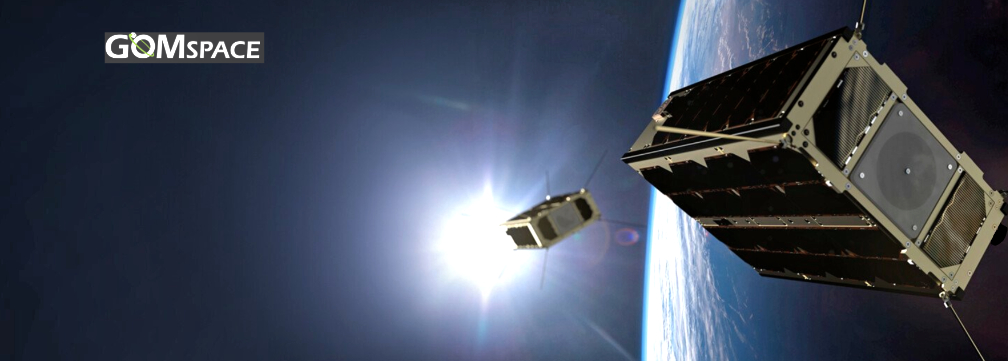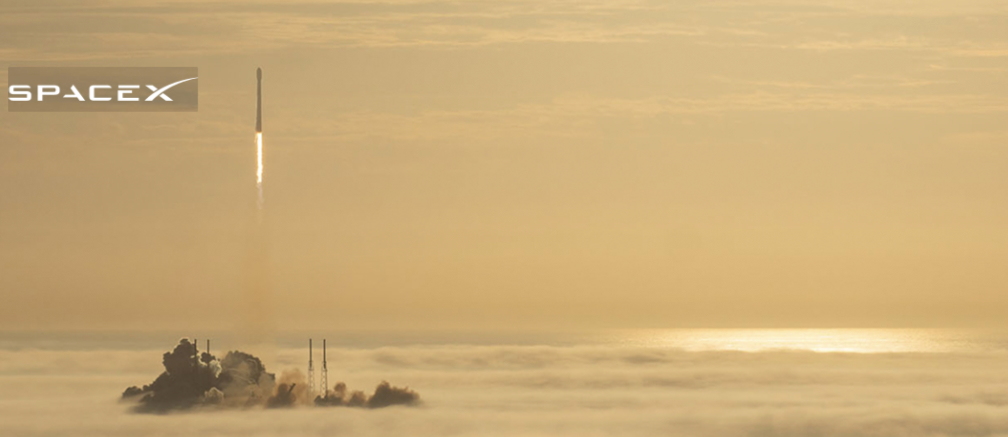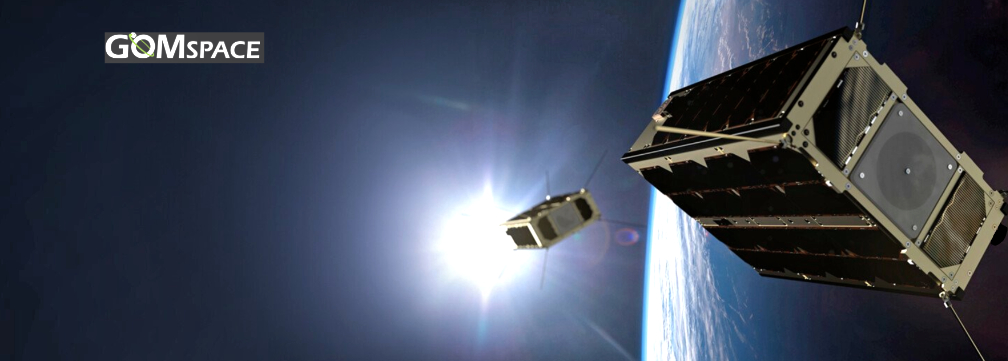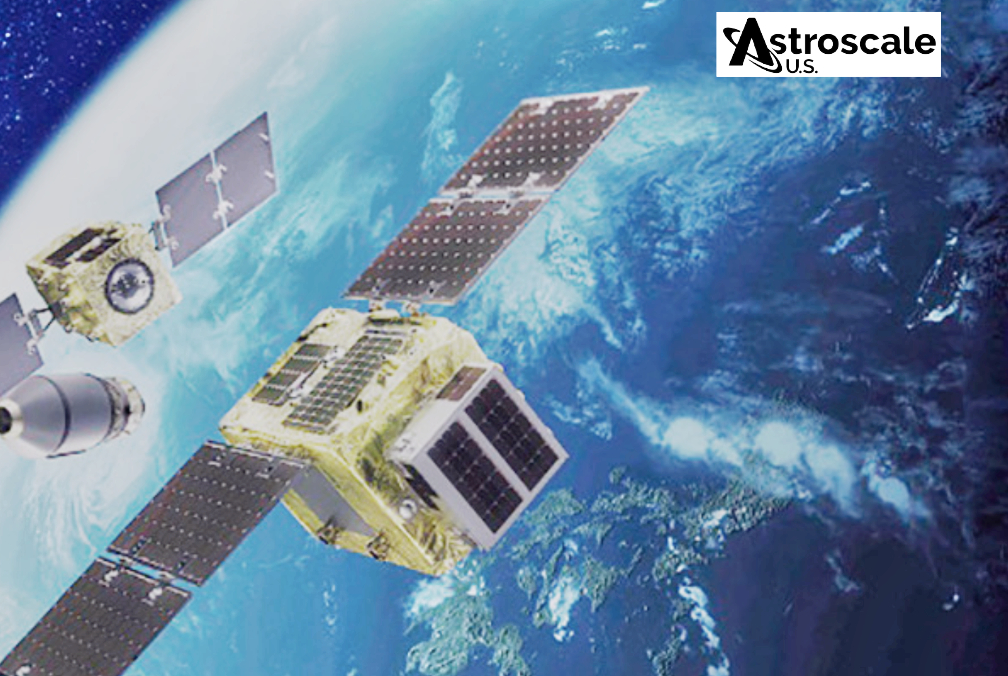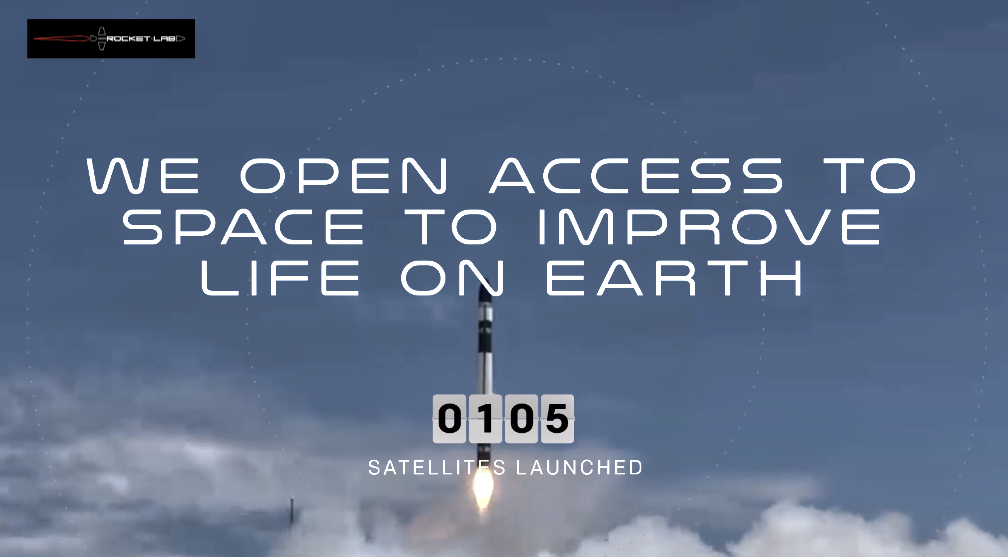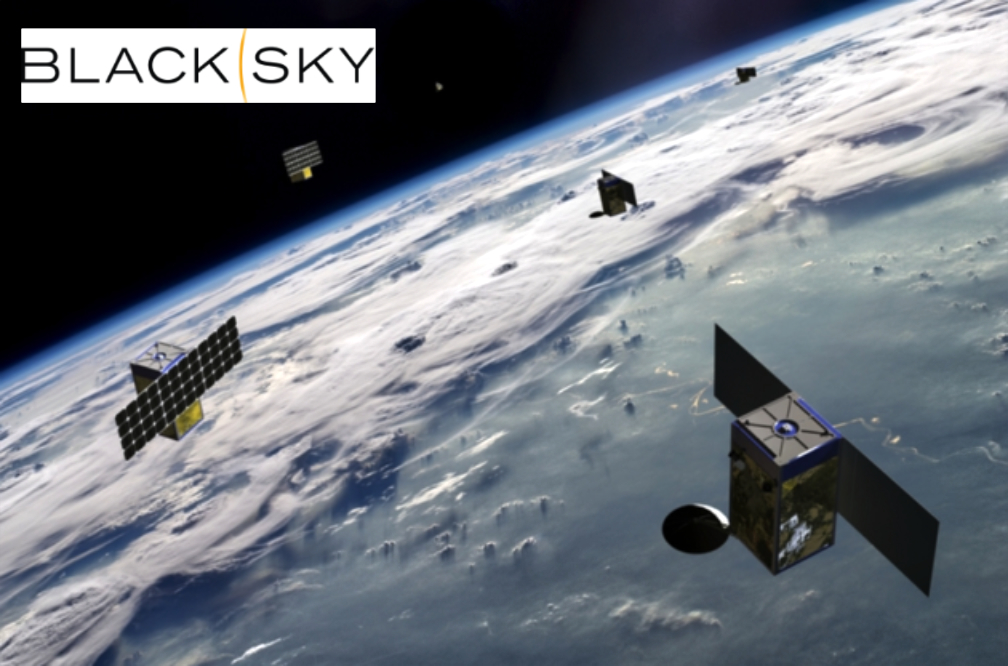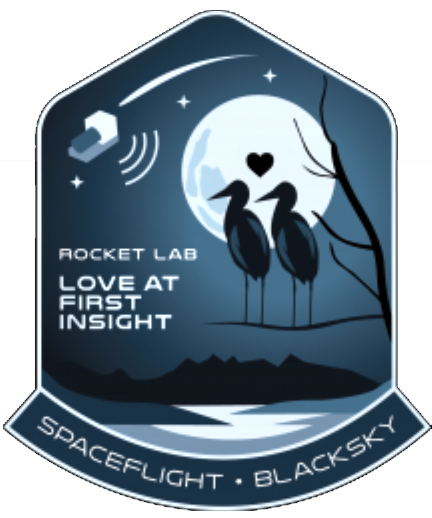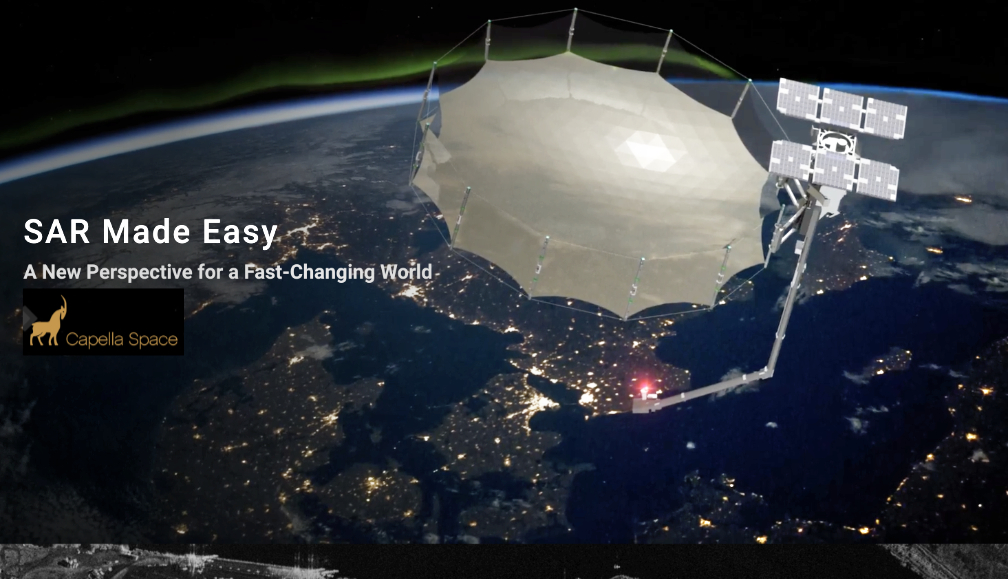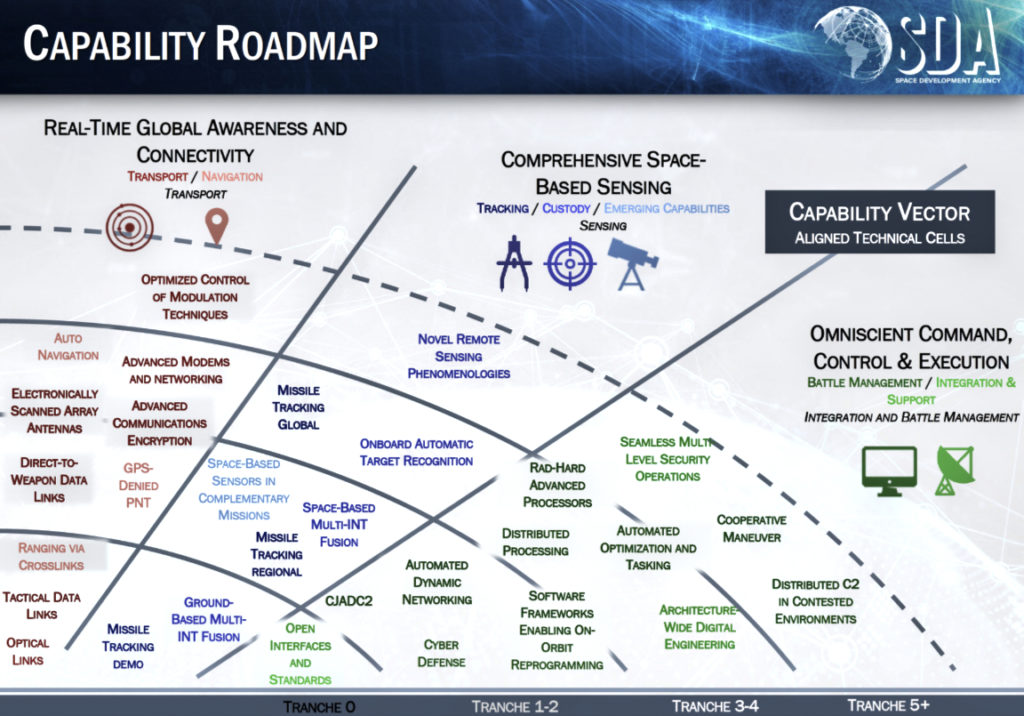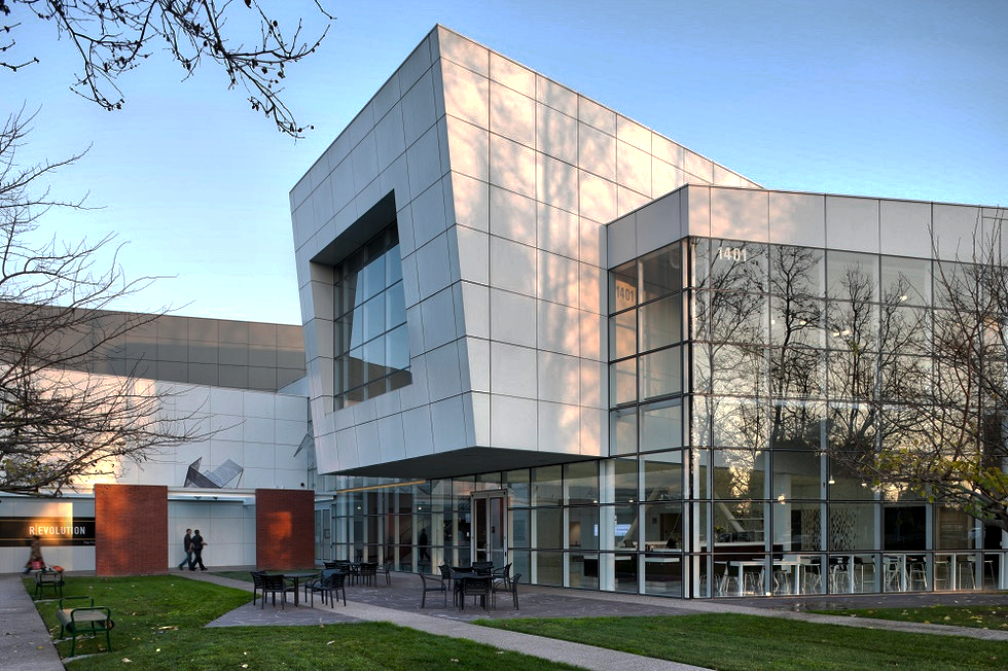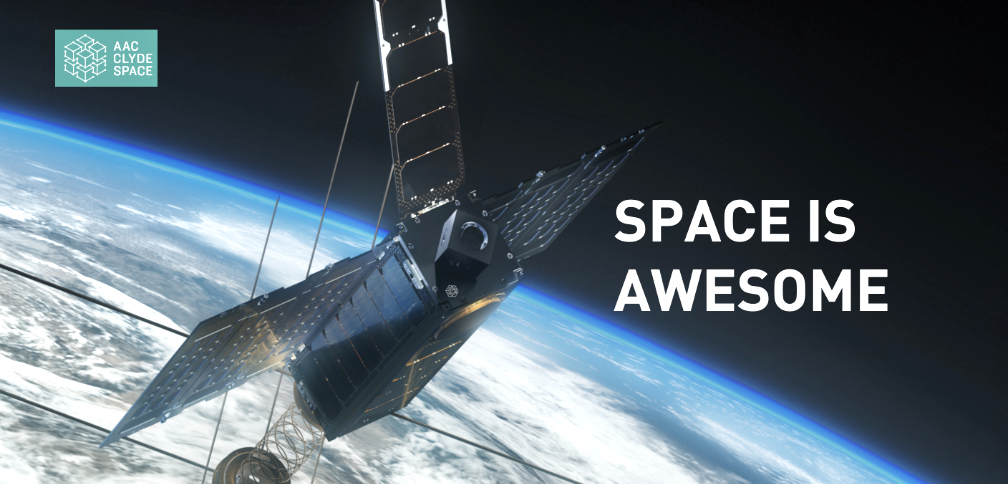
AAC Clyde Space has named Chris Fauquier, currently the COO at the firm’s subsidiary, SpaceQuest, as CEO for the U.S. subsidiary — this move follows Dr. Dino Lorenzini‘s transition to the role of Group Chief Science Officer (CSO) of AAC Clyde Space. Dr. Lorenzini is the founder of SpaceQuest and was, until now, their CEO.
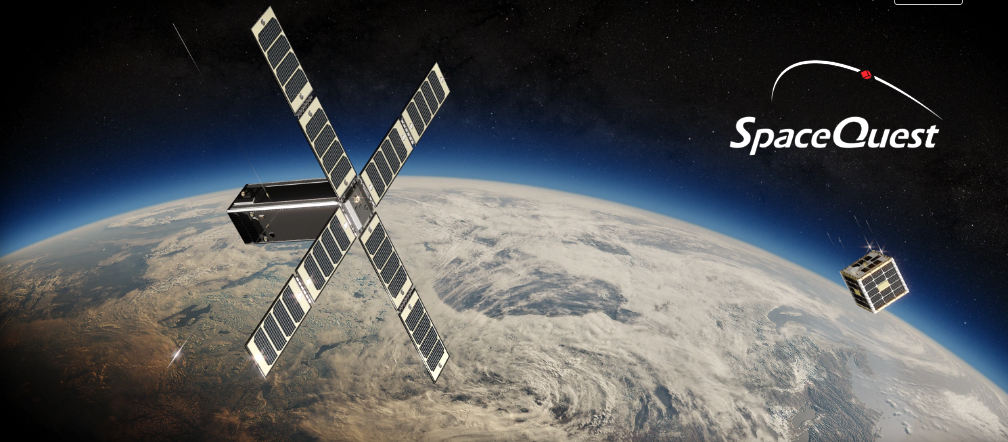
Dr. Lorenzini founded SpaceQuest in 1994 and has been instrumental in building the company’s technological, scientific and business track record. In his new role, Dino will work with all companies in the Group to head up its scientific development, a key area in the rapidly evolving smallsat field.
Chris Fauquier joined SpaceQuest in 2017 as COO and has worked closely with Dino ever since. Chris is an experienced global executive with strong leadership skills. He has held numerous senior management roles establishing, growing and leading aerospace and energy business units for US and European Fortune 100 companies.
“I look forward to assuming a global role as CSO as we gear up to really make an impact within the small satellite field and feel very glad that I am handing over the leadership at SpaceQuest to Chris, who has worked closely with me for the last four years. I strongly believe that AAC has just started its journey and my commitment to the Group – both professional and as an investor – is long term,” said CSO Dino Lorenzini.
“These are exciting times in the space industry and I look forward to leading SpaceQuest in its continued expansion while working closely with the great global team at AAC”, said SpaceQuest Ltd. CEO, Chris Fauquier.
“We are delighted to have Dino join the executive team as CSO and leverage his experience throughout the Group, while also promoting Chris to the top role in the US. I welcome them both to their new roles,” aid AAC Clyde Space CEO, Luis Gomes.


 in the pipeline.
in the pipeline.
